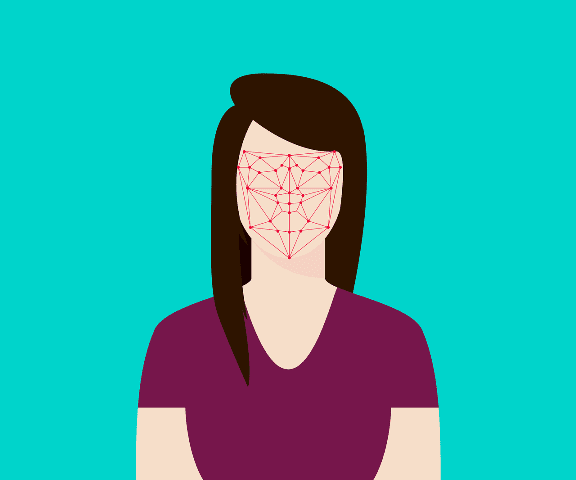
In the digital world, it’s no surprise that cybercrime is on the rise every day. To combat this, many organizations and businesses have incorporated online face verification software to prevent frauds and identity thefts. Even though this technology has been revolutionary and efficient, it does have some flaws. User photos can be found through social networks in no time and can be used to trick face verification software.
Facial spoof attacks are becoming a larger threat. A facial spoof attack is a process in which a fraudulent user tricks the face recognition system by impersonating a registered user and therefore gaining illegitimate access and services. This is why in order to protect sensitive data and mitigate fraud, it is important for organizations to have anti-spoofing systems in place.
Face Spoofing Methods
There are different methods to trick online face verification software. Some of the methods are listed below.
- Print Attack
The attacker employs someone’s photo either displayed on a digital device or as a print image. This is the most common type of attack since pictures can be easily downloaded from the internet.
- Eye-cut Photo Attack
The eye regions of a printed photo are cut off to manifest the blinking behavior of the imposter.
- Warped Photo Attack
This includes turning a printed photo in any direction to simulate facial movement.
- Replay/Video Attack
This type of attack is a more advanced way to trick the system. It usually requires a looped video of a victim’s face. Through this, the behavior and facial motions look more natural compared to utilizing just the photo.
- 3D Mask Attack
In this attack, a mask is used to spoof the face verification software.
Spoof Detection
In order to mitigate identity theft, such technology should be employed that is able to detect facial spoof attacks. One such technology is Liveness Detection. Through this method, the live physical characteristics of a person are verified at the time of authentication through facial recognition. Using liveness detection, a portrait picture of a person can easily be detected.
Liveness detection can be done in two ways – active and passive. In the active approach, the users are asked to interact with the system to authenticate the liveness. The passive approach is inconspicuous to the user as it requires no action from their side.
Active Liveness Detection
This process is interactive. The user is asked to perform a few simple actions in front of the webcam or camera. These actions can be blinking, nodding, smiling, etc. In order to be recognized, a person has to complete all the actions successfully.
Passive Liveness Detection
Passive liveness detection is also employed for spoof detection and is used in those cases where it might not be suitable to ask the user to interact with the system. For example, it would get irritating for the user if they are asked to perform a set of actions every time they unlock their phones. To ensure a faster way for spoof detection, this method is used. It is typically non-intrusive and the user doesn’t know they are being tested.
Liveness detection is a comparatively new but very effective method to prevent spoof attacks. In order to effectively protect your business from spoof attacks, liveness detection can prove to be a helpful tool in online face verification software.
About Author:-
Technical Content writing is Kevin Martez passion. He has broad experience in writing for the technical field. He started his writing at the age of sixteen when he was in college. Now he is already writing for contribution sites as an independent influencer. He wrote many articles on medium and many of them are published in various publications. He wrote many case studies for businesses to let them know the real need for digital transformation for their business.
